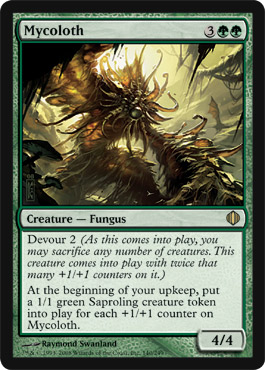

For a start there’s more power and torque. Nonetheless, a closed circuit does offer the opportunity to sample the new powerplant and all the enhancements compared with the third-gen model. Australia-bound versions of the PHEV are not quite rolling off the assembly line in Japan and, while the example waiting for me is an accurate representation of the range-topping Exceed Tourer we’ll get, it’s pre-production and won’t ever see a public road. Sadly, I’m not here to set a new track record for plug-in hybrid SUVs even though, as far as I know, I’d be the first. On arrival, the sound of a flat-six at 9000rpm is emanating from the Western Circuit, while I prepare to fill the Eastern Circuit with silence. To try to answer this question we’re at The Bend Motorsport Park in South Australia – a paradoxically obscure place to evaluate a sensible mid-sized SUV. The Outlander PHEV is back, but can it reclaim some of the market share it defined?


Since November last year, the resoundingly improved Outlander has been available locally in a choice of five variants, front- or all-wheel drive and powered by a 2.5-litre petrol engine.īut a new version of the plug-in hybrid will expand the range even further later this year with an evolution of the electrified system that’s as improved as the rest of the package. The dramatic transformation was largely the result of Mitsubishi’s alliance with Renault and Nissan, which enabled the binning of the previous-generation’s badly aged platform in favour of an all-new architecture, shared with the new X-Trail. When it arrived late in 2021, the fourth-generation Outlander brought a fresh new look for the company’s popular family SUV along with a significant step up in technology, practicality, quality, safety and all-round driving enjoyment. In the ensuing eight years, however, numerous manufacturers have followed Mitsubishi’s lead, bringing plug-in hardware to market and encroaching on the Outlander’s turf. Not only that, the Outlander aligned with Mitsubishi’s value-for-money mantra and, in its most affordable form, cost just less than $46,000 – an all-wheel drive mid-sized SUV with zero-emissions capability for the price of a top-shelf Nissan X-Trail. That’s how the Outlander was the first model to the market that combined the virtues of a PHEV drivetrain, dressed up in the alluring SUV adventure suit that the world couldn’t resist. With more than 300,000 sales to its name, the first-generation Mitsubishi Outlander PHEV is officially the world’s favourite plug-in, and the secret to its success is relatively simple.Īt the same time, the Japanese manufacturer also sensed the groundswell of electrification and the switch to battery power that would surely accelerate with a similar curve. Media tests on public roads will commence in August. In the early 2000s, Mitsubishi, like many other brands, felt the turning tide as more and more motorists ditched their sedans, hatchbacks and wagons in favour of an SUV.ĮDITOR'S NOTE: Our scoring in this review is based on a track and off-road drive only. With more than 300,000 sales to its name, the first-generation Mitsubishi Outlander PHEV is officially the world’s favourite plug-in, and the secret to its success is relatively simple. Nor would you be labelled particularly gullible to be convinced that the world’s most popular car is the Toyota Corolla.īut when it comes to the global best-selling plug-in hybrid electric vehicle (PHEV), you might want a few more guesses. It doesn’t take a great stretch of the imagination to believe that the number-one selling ‘car’ in the United States is, by a substantial margin, Ford’s F-Series truck.


 0 kommentar(er)
0 kommentar(er)
